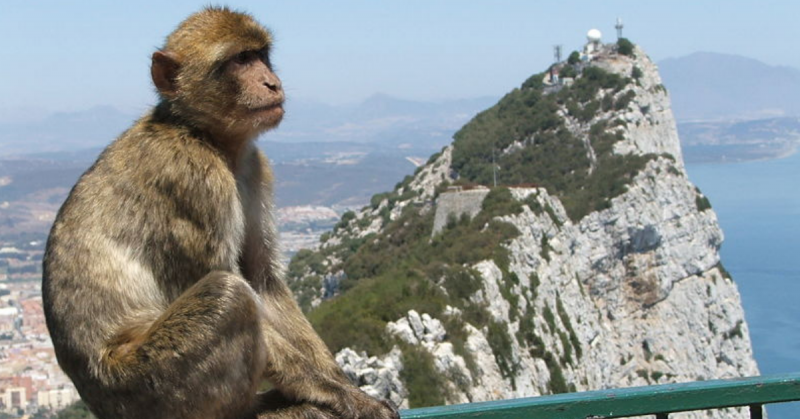Many political officials have discovered the importance of preserving declining animal populations and the immense public feeling generated by such animals and their plight. So it is no mystery that Sir Winston Churchill went in to bat for the Barbary Apes of Gibraltar. The story of these apes and their relationship to the British military is a fascinating tale of legend and fact.
The Barbary Apes are a famous tourist attraction. There are millions of photographs of these creatures against the backdrop of blue ocean, blue sky, and beautiful gardens.
They are accomplished at stealing food and anything else from the tourists that come to see them. These creatures have been protected by the British Military since early in the 20th Century, and a local Gibraltar legend says that if the creatures were to leave Gibraltar, so too would the British.
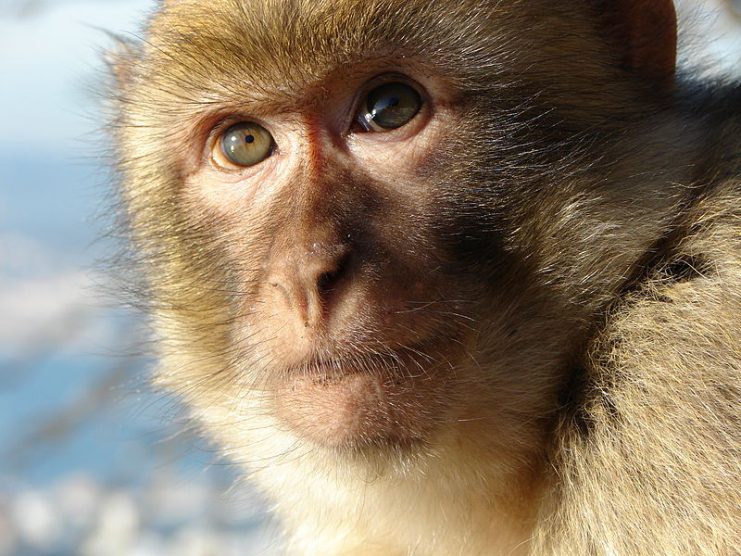
The primates that are commonly called Barbary Apes are not, in fact, apes at all but rather a tailless monkey known as a macaque (Macaca Sylvanus). How they came to live on the rocks of Gibraltar is something of a mystery, but scientists have put forward several theories.
One says that the macaques are the feral pets of the Moors who occupied Spain from 711 to 1492, while others believe that the creatures are related to the monkeys that used to live throughout Europe some five and a half million years ago. Another theory is that the macaques were introduced by the British for target practice in 1740.
While scientists may argue over where the animals originated, they are undeniably a fixture in Gibraltar today.
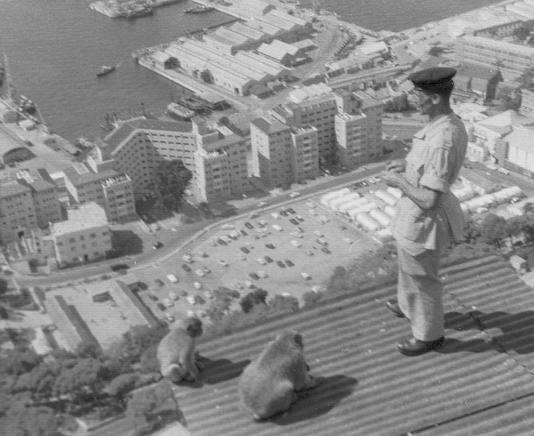
The legend which prophesized that their departure would also herald the end of British rule has been taken seriously for many years. In 1913 the population of monkeys shrank to only ten animals. This prompted the Governor of Gibraltar, Sir Alexander Godley, to import eight young female macaques from North Africa to boost the population back to a reasonable level.
At this time, the importance of the monkeys and their protection was formalized, and they were placed under the care and protection of the military base. Even their food was budgeted for by the army, and a non-commissioned officer was appointed to be in charge of all things macaque-related.
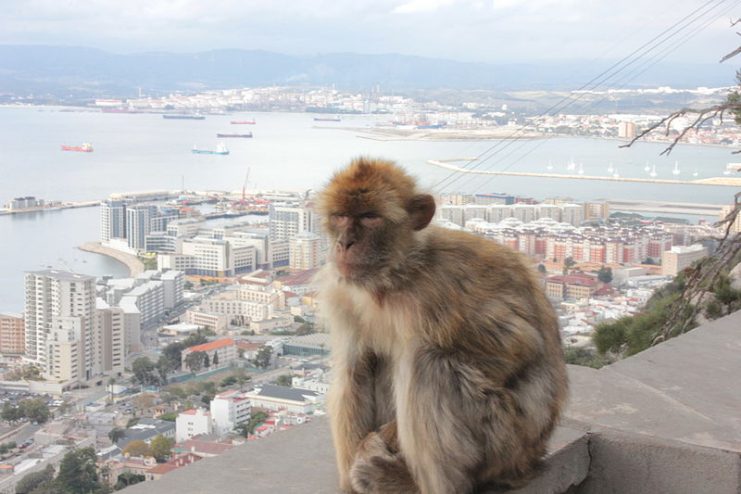
For 38 years, this duty fell to Sgt. Alfred Homes. He named the animals and if they were orphaned, his wife took care of the babies until they could return to their troop. Any macaque that was injured or ill was treated by the Royal Naval Hospital, the same as an enlisted man.
In the early days of WWII, Winston Churchill visited Gibraltar. Being keenly aware of the legend around the animals, he was very disturbed to find that the population was again in decline and there were only seven monkeys still there. He immediately instructed that five new females were to be located and brought to the rock.
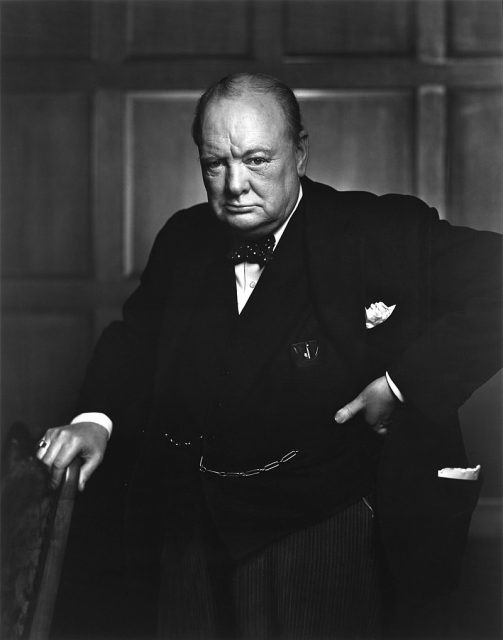
A troop transport vessel was dispatched to North Africa, and within a short time Madeline, Kathleen, Beatrice, Daisy, and Jane found a new home on the rock. The population was again in balance. The Prime Minister then issued a directive that the population was never to be allowed to fall below twenty-four.
Churchill’s intervention was driven not by his belief in the superstition but rather by concern for the mindset of the British people. He was well aware of the symbolic importance of the Gibralter apes to the people back home, and he feared that the disappearance of the animals may have a detrimental effect on morale.
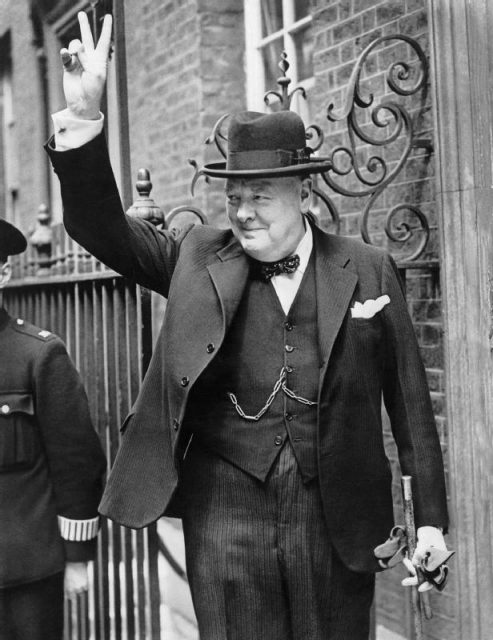
However, not everyone took the same view. In May, 1952 Churchill was lambasted in the House of Commons for the army’s extravagance in assigning six soldiers to look after monkeys. Needless to say, this was a gross exaggeration, but it was an easy target to place on Churchill’s back.
Eventually, the number of macaques had grown to almost fifty. The Governor Lieutenant-General, Sir Gordon Macmillan, was obliged to offer a few animals to zoos and other homes in an attempt to reduce the population before they became a nuisance.
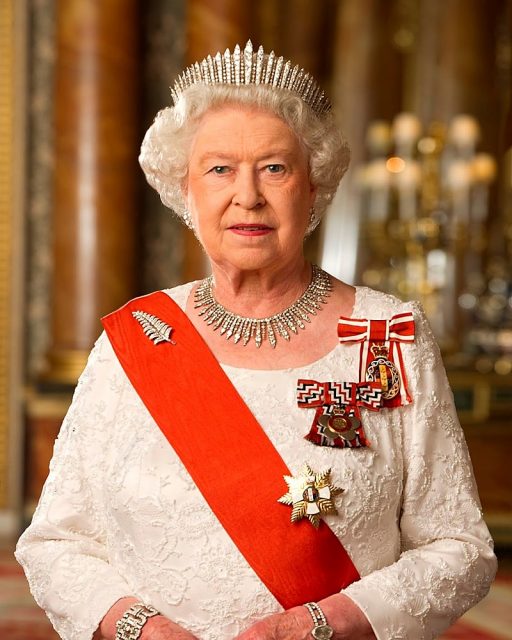
In 1954, even the Queen visited Gibraltar. At the time, one macaque, a friendly male with a lovely grey coat, was named Winston. Sadly, at the end of 1955, Winston went missing. By the end of January of the following year, the officials declared him dead after a search for him turned up nothing.
The care of the macaques continued to fall to the military until July 1992, when the responsibility was moved to the government. The animals are currently cared for by the Gibraltar Ornithological and Natural History Society.
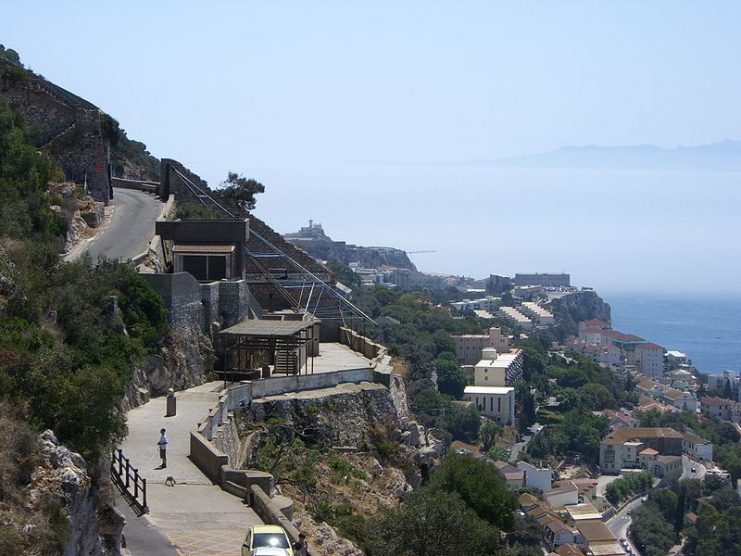
The riddle of where Churchill sent the troop carrier to find macaques at the start of WWII was solved in 2005. Research documented in the Proceedings of the National Academy of Sciences journal showed that, after undertaking DNA testing, the macaques are descended from macaques found in Morocco and Algeria.
Read another story from us: HMS Churchill Sunk but the Bridgeplate is Preserved in Devon
Today, Churchill would be thrilled to know that the macaque population of Gibraltar is exceedingly healthy. There are six troops of animals which collectively amount to almost 250 animals. If you are superstitious, then you can certainly believe that Gibraltar will be under the care of the British crown for many years to come.
